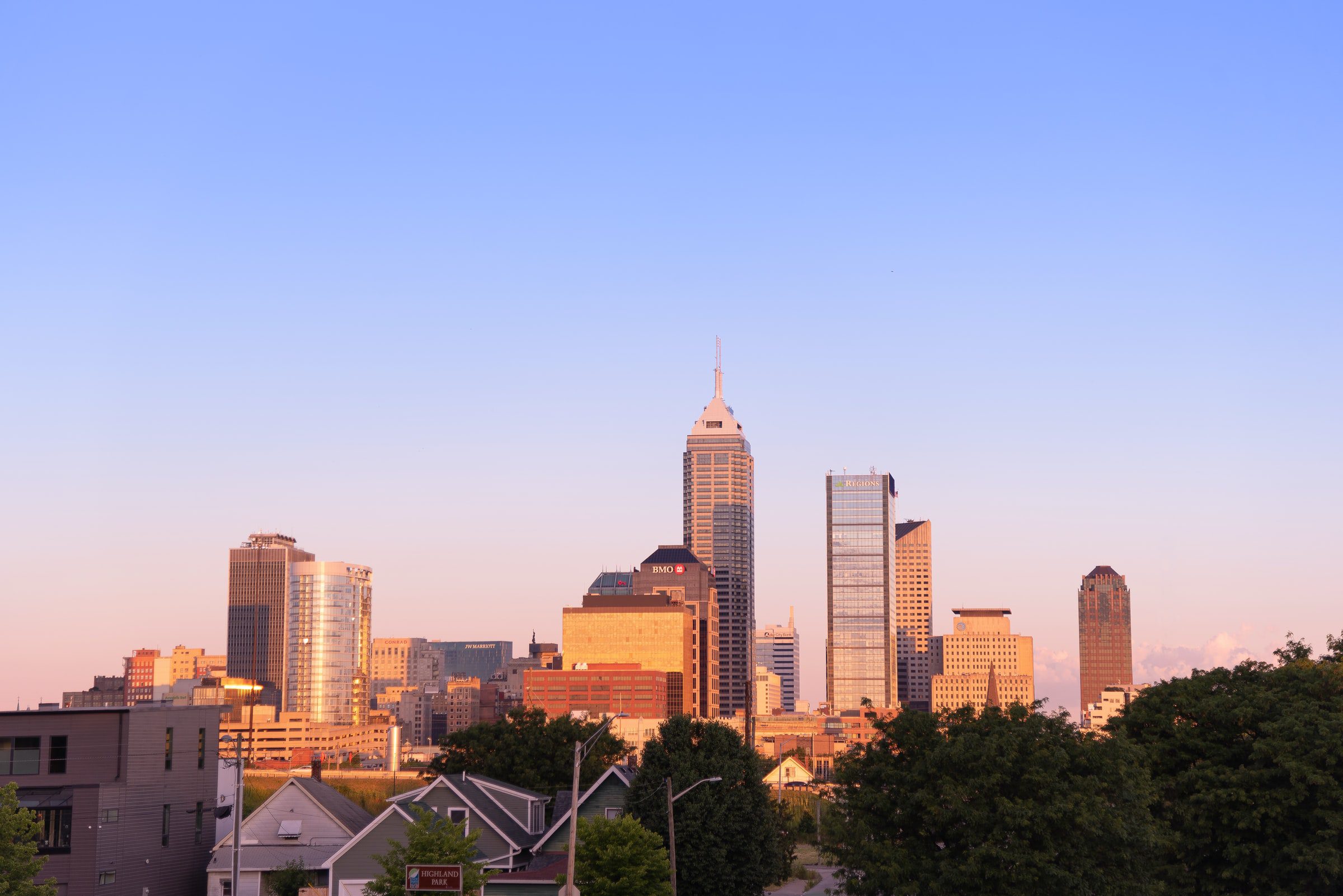Indianapolis is in the driver’s seat with its three-year-old program Thrive Indianapolis, an expansive sustainability plan adopted in 2019. With a significant focus on reducing greenhouse gases and meeting Mayor Joe Hogsett’s goal of becoming carbon neutral by 2050, the program has 16 key objectives and 59 action items all designed to move the city toward a sustainable future. Created with input from various city agencies and departments, as well as community partners and residents, it’s an ambitious roadmap to ensure the city can meet environmental challenges head-on. In late 2020, the city released Thrive’s initial progress report – and the progress is good.
The progress report was released by the city’s Office of Sustainability and focuses on the changes to make Indiana’s capital city healthier and more equitable, with an eye on the challenges of the 21st century. These changes include energy conservation, bolstering recycling efforts, and furthering the use of the area’s natural resources. The city has long had a problem with greenhouse gas emissions, and with a predicted increase in summer temperatures and heavier precipitation on the way, the changes are necessary for the city to remain healthy.
One of Thrive’s main initiatives is to reduce emissions caused by the city’s buildings. In 2018, city buildings caused nearly 70 percent of Indianapolis’ greenhouse gas emissions. To bring that number down, the city recently certified 36 new buildings with either LEED or Energy Star ratings. This brings the city’s green building total to 295, with a 2025 target set at 498. Additionally, the city is close to passing a new Transparency Ordinance that requires buildings to make their energy use data public. The hope is that this new ordinance could save as much as $16 million annually.
Another Thrive focus is to make sure every resident has access to curbside recycling by 2025. As that plan rolls out, the city recently opened more than a dozen drop-off locations for recyclable materials. In 2020, 16,345 tons of material was collected – just a few hundred tons short of the 2025 goal, demonstrating a true demand for recycling options. Thrive also hopes to make the city literally greener by adding to the tree canopy. Increasing green space, adding tree cover, and building rain gardens will aid in pollution reduction and make quality of life improvements. The 2020 report shows that 16,445 native trees have been planted, over the halfway mark to the 2025 goal of at least 30,000.
Installing bike lanes and shared-use paths is a priority as well. In conjunction with a plan called Indy Moves, the city added 11 miles of bike lanes and 11 miles of shared-use paths and trails. Thrive Indianapolis also recognizes the need for more electric vehicle charging stations and plans to have at least 300 for public use in the next three years.
And, finally, Thrive will save energy by converting all city street lights to LED bulbs. The money saved by the bulbs will be used to build additional sustainable street lights in areas of the city in need. Since 2018, the report states, it took almost 17 million fewer kilowatt-hours to brighten the city at night.Indianapolis is well on its way to a sustainable and healthier future thanks to the comprehensive efforts of the Thrive campaign. This type of city-corporate-resident teamwork demonstrates how working together benefits everyone that lives and works in a busy metropolis.





